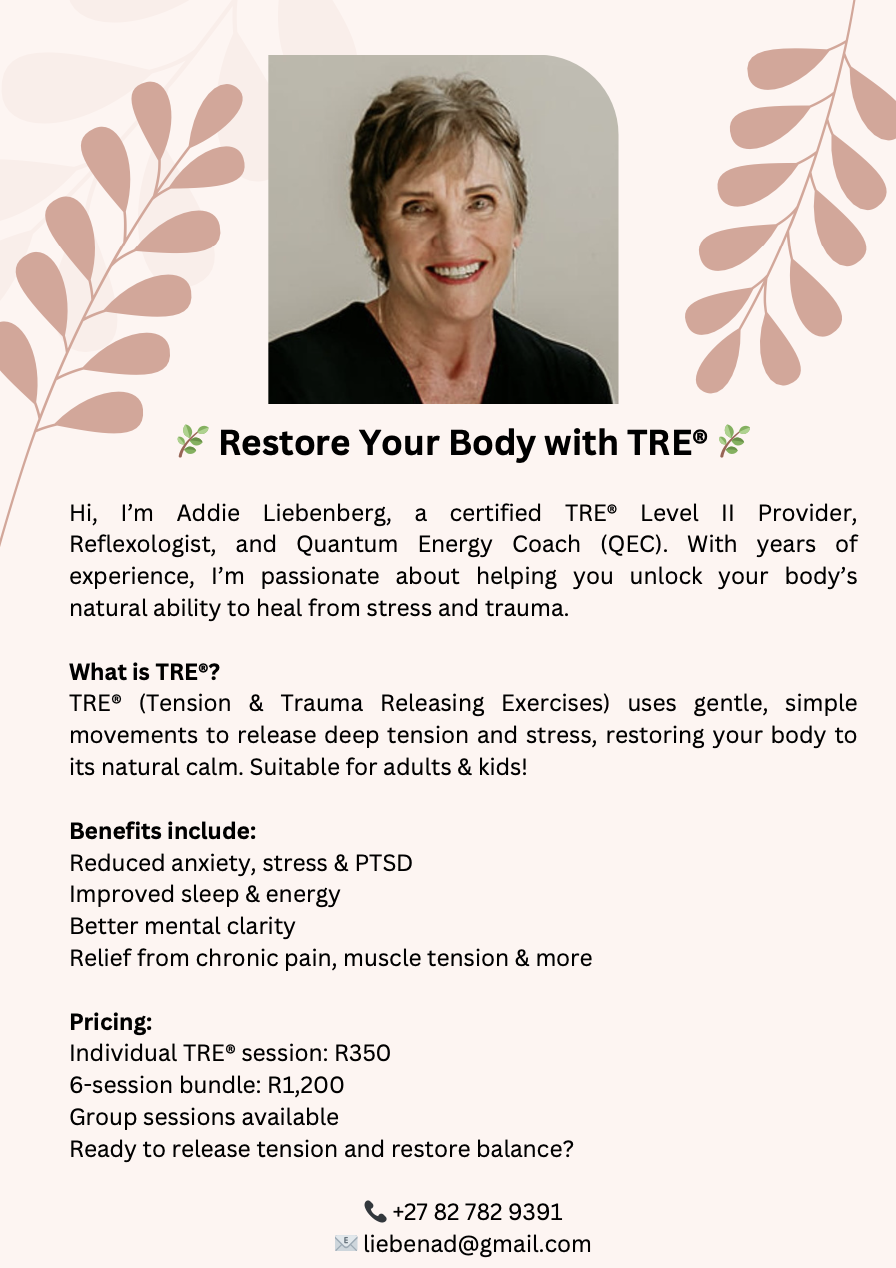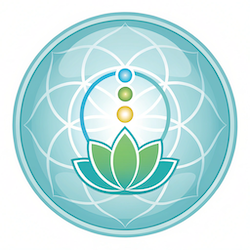Trauma Release Exercise (TRE) is a therapeutic technique. It was developed by David Bercelli. This method helps individuals release deep muscular patterns of stress, tension, and trauma. The method induces a natural tremoring response in the body. This response helps release stored trauma and promotes relaxation. TRE is designed to help individuals regain a sense of safety and well-being by addressing the physical manifestations of trauma.
How Trauma Release Exercise can help you:
- Emotional Healing: Assists in processing and releasing emotions related to trauma.
- Physical Release: Helps alleviate bodily tension and discomfort linked to traumatic experiences.
- Improved Mental Health: Can alleviate symptoms of anxiety, depression, and PTSD.
- Stress Reduction: Promotes relaxation and lowers overall stress levels.
- Enhanced Resilience: Develops coping mechanisms and resilience in facing future challenges.
- Safe Environment: Provides a non-judgmental space to explore and process trauma.

Trauma Release Exercise (TRE) uses several specific techniques. These techniques aim to facilitate the natural tremoring response. They also promote the release of stored trauma.
Here are the key techniques involved in TRE:
- Tremoring: The core technique is where individuals allow their bodies to tremor naturally. This involuntary shaking helps release tension and trauma from the muscles.
- Grounding Exercises: Techniques that help individuals connect with the earth and feel stable. This can include standing or sitting in a comfortable position and focusing on the sensation of being grounded.
- Stretching and Movement: Gentle stretches and movements that help prepare the body for tremoring. These movements can increase flexibility and promote relaxation.
- Mindfulness and Breathwork: Incorporating breath awareness and mindfulness practices. These techniques enhance the connection between body and mind. They foster relaxation and presence.
- Body Awareness: The facilitator encourages individuals to tune into their bodily sensations and feelings. They help find areas of tension and discomfort related to trauma.
- Self-Regulation Techniques: Teaching individuals how to recognize their stress levels and use techniques to self-soothe and regulate their emotional responses.
- Post-Tremor Integration: After the tremoring session, participants are encouraged to reflect on their experiences and feelings. This reflection facilitates emotional processing and integration.
These techniques work together to help individuals safely release trauma and create a pathway toward healing and emotional balance.
You can inquire as our friend and facilitator, Addie, gives periodic workshops in Port Elizabeth.


